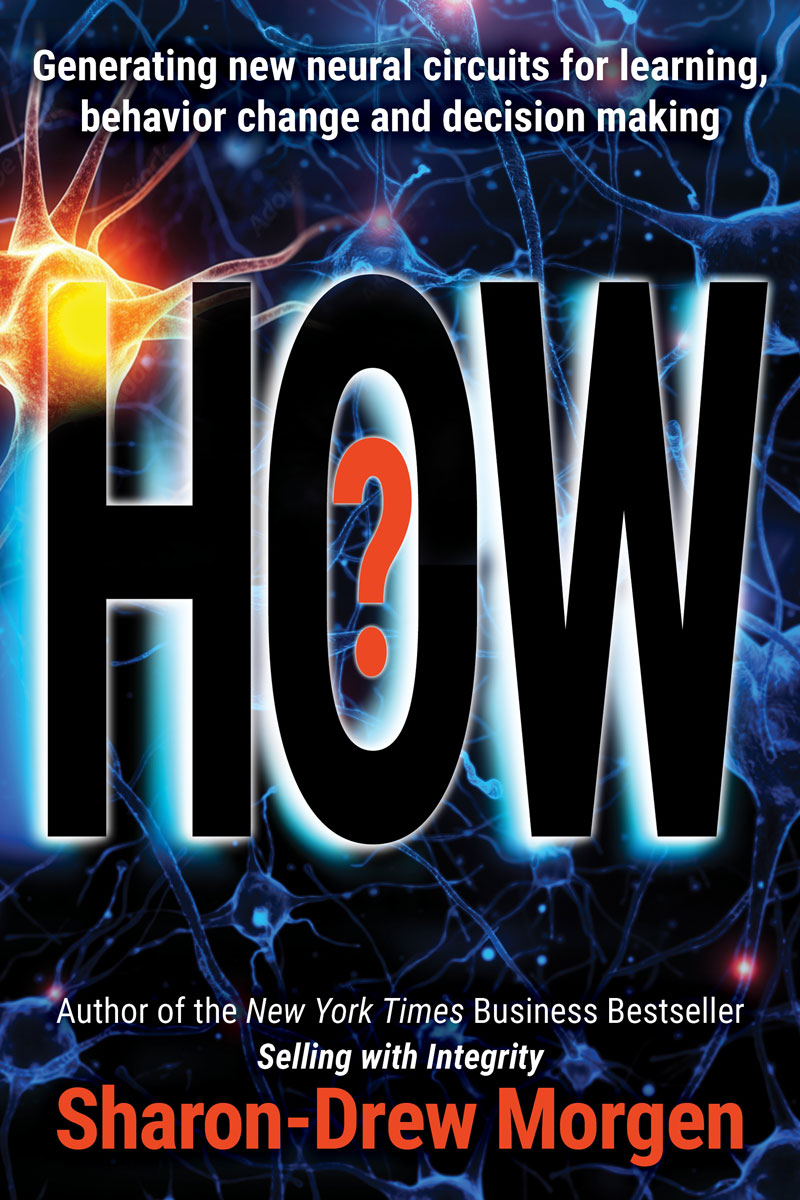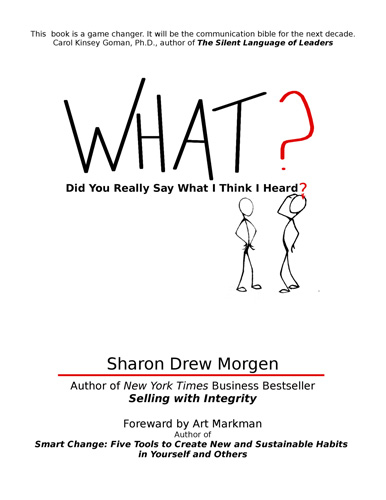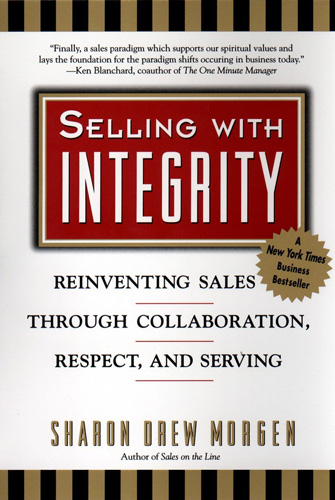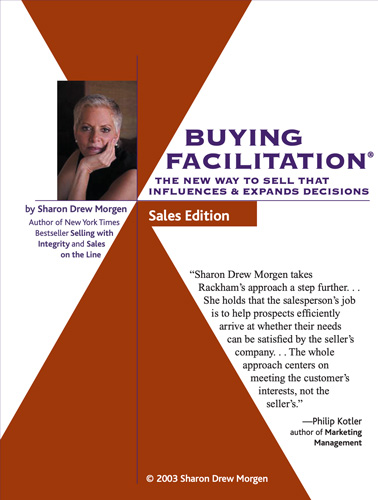 During my decades running training programs in companies, I’ve run across a fair share of coaches, consultants, and fields of study that believe the client is responsible for implementing their solution suggestions regardless of whether they’re prepared to execute or not. As a result, clients aren’t always able to apply the solutions offered.
During my decades running training programs in companies, I’ve run across a fair share of coaches, consultants, and fields of study that believe the client is responsible for implementing their solution suggestions regardless of whether they’re prepared to execute or not. As a result, clients aren’t always able to apply the solutions offered.
I believe clients pay practitioners to solve a problem, not merely provide the components of a solution. But any solution suggestions have a good chance of being resisted, regardless of how necessary or suitable they are, if clients aren’t change-ready at the start of a project.
In this paper I’ll describe the elements involved in facilitating Change Readiness. For a more detailed discussion, read my book HOW?.
WHAT/WHY CANNOT RESOLVE A PROBLEM
Standard change models are tactical, giving practitioners the job of creating solutions by:
- ‘understanding’ a problem by gathering ‘good’ data (too often from only a subset of the stakeholders needed to fully represent the problem);
- attempting to obtain buy-in (often from folks not involved in goal setting or change management);
- developing and delivering a solution (to groups often not change-ready).
But these points face obstacles because…
- Questions: Questions are biased by the needs, words, intent, and verbiage of the questioner. As such they may gather specious, incomplete information making ‘understanding’ difficult, risk a possibility, and leading to flawed or incomplete suggestions.
- Listening: we can only accurately understand 10-35% of what a speaker is saying due to the way brains delete and distort incoming content. In other words, neither Speaker nor Listener are able to hear each other accurately leading to false assumptions and inaccurate data gathering.
- Baseline Assumptions: current models in coaching, leadership, System Dynamics, and sales believe the practitioner is the one that ‘needs to know’. But because of the biases involved, this leads to flawed data gathering, suggestions based on a practitioner’s assumptions, and resistance.
…and make the following assumptions:
- The right questions are posed to the right people without bias;
- The full set of correct data is extracted and accurately assessed;
- Good information will trigger behavior change;
- Outsiders (consultants, practitioners, coaches, leaders) are the ones responsible for understanding the facts underlying client change;
- The correct assumptions are made and generate the right solutions;
- Buy-in can be achieved and resistance can be avoided via ‘good’, ‘rational’ data and leadership;
- Clients are change-ready at the start of a project so they can utilize the suggested solutions.
Lots of assumptions and biases, making it difficult, if not impossible, for outsiders to fully understand what’s really going on or generate appropriate solutions. The sticking point is the difficulty for either practitioners or clients to understand or fix a problem given its origination point is largely unconscious and can only be unwrapped at the source.
Permanent change is systemic: trying to fix a problem by focusing on changing behaviors creates resistance because making changes without buy-in; without matching the goals, norms and beliefs of the originating system; and without an execution plan that the full complement of stakeholders have agreed to puts the underlying system at risk.
WHO IS RESPONSIBLE FOR LEADING CHANGE?
Given the complexity and unconscious unknowns, a problem is hard for anyone to resolve, certainly an outsider using a content- and problem-focused approach (WHAT/WHY).
Certainly, external practitioners get hired to facilitate problem solving and change. But that doesn’t mean doing it for them or trying to lead them to a solution the practitioner culls from their flawed assumptions and data gathering.
When practitioners (coaches, System Dynamics practitioners, OD consultants, sellers, etc.) try to understand a problem or develop solutions, they’re using their own biases that take away the client’s agency – disrespecting their ability to generate their own solutions based on their own norms. Not to mention, as per Einstein, all change must emanate from the system that generated the problem.
I believe it’s a practitioner’s job to facilitate clients to generate their own solutions. But this requires listening without bias, formulating brain-directional (not information gathering) questions, and a goal to lead clients to where in their unconscious system the problem was generated and maintained.
With the goal to facilitate discovery and congruent systemic change, practitioners can help clients get to the system that expressed the problem, make the appropriate modifications to achieve the outcomes they desire, and become change-ready… not merely do things differently. I call this process Change Facilitation, and it’s a HOW.
To understand Change Facilitation, it’s necessary to view change as systemic. We forget that problems are merely the expressions of the flawed system that expressed them, not isolated events.
Trying to change just the output – the problematic activity, the behaviors – causes the system to be at risk and will trigger resistance, regardless of the efficacy of the proposed solution.
CHANGE IS A ‘HOW’ DRIVEN BY SYSTEMS
Since you can’t change a behavior by trying to change a behavior, any solution must not only reconfigure the norms, beliefs, and rules of the system that triggered the problem but get buy-in from the stakeholders who will touch the solution and who must understand/accept the risks of change.
In other words, starting by attempting to gather information or ‘understand’ a problem cannot get to the full set of systemic, and largely unconscious, elements that triggered the faulty outputs.
It’s much more successful and congruent to first enable clients to get to their own unconscious triggers and help them generate new outputs that will fit congruently within their system. Unless
- a client is set up for change;
- a suggested change matches the core beliefs and identity of the prevalent system;
- everyone involved has been included in goal setting and change management iterations;
- everyone involved understands and agrees to the risks of making changes;
the underlying system will feel violated and resist any change suggestions.
CHANGE READINESS
Before any information gathering or solution design, I suggest practitioners first ascertain the client’s level of Change Readiness. If they’re not change-ready, practitioners must begin a project by facilitating the client to
- get agreement from representations of all stakeholders on the goals, rules, beliefs, and values (the structure of the system) before any change practices take place;
- understand the risk of change before they agree to it;
- identify new goals and underlying values to be met;
- develop solutions from ideas and buy-in from all who will touch it;
- generate a plan to regularly evaluate the change once implemented with a multidisciplinary team to assess and offer suggestions through time.
This ensures accuracy of problem definition, buy-in, implementation, and avoids resistance. Concurrently all clients/ customers must add ‘Full Implementation’ as deliverables to their contracts.
Facilitating Change Readiness requires different types of questions and unbiased listening. Using systems thinking, Gregory Bateson’s Logical Levels, NeuroLinguistic Programming (NLP), the System Dynamic work of Dana Meadows’ 1-5 Leverage Points, and systemic tools I’ve spent decades inventing – Facilitative Questions™, Systems Listening, the 13 Steps of Change, Implementation Facilitation, Buying Facilitation® – it’s possible to enable Change Readiness.
KPMG CASE STUDY
When working with KPMG years ago, they received their first RFP from a global multinational who had been known to work with now-defunct consulting group Arthur Anderson (AA). My clients began developing their proposal – in those days a million dollar ‘dog and pony’ show – with excitement. Finally! They were going to get this company’s business. But what’s stopping them from using AA again? I asked.
My client Dave called them and asked. Their response: “We are going to use AA again, but we needed a second bid.” Oops!
When Dave sent me the RFP I noticed none of the HOWs were included – just data points of what they wanted to achieve without including pre-change work, stakeholder buy-in, or risk management. I wrote a letter for KPMG to send to the prospect, explaining that since they were going to use AA anyway they didn’t need a proposal from ‘us’ (KPMG) but we’d offer them points that we found missing in the RFP that had to be included to fully resolve their problem.
I then wrote up two pages of Facilitative Questions™ that would lead them through Change Readiness. Dave sent the packet and heard nothing for 6 weeks. He then got a call from his prospect who said that the Facilitative Questions™ made them realize they had prework to do that AA hadn’t addressed. They hired KPMG for the multimillion dollar job – with no proposal.
CONCLUSION
When the goal of practitioners is to facilitate behavior-based change, and clients aren’t change-ready, suggestions won’t be executed regardless of their efficacy.
For real change, and before trying to understand a problem or design a new solution, help clients facilitate Change Readiness so they’re prepared to implement your solution without resistance.
Once they’ve managed the systems issues – the full set of stakeholders are identified and involved, the risk is agreeable, and they gotten buy-in for change – it’s then time to gather information (it will be accurate!), pitch your ideas (based on what you now know about the client’s needs and ability to accept) and generate a new solution based on their system. Obviously there won’t be any resistance as all will have been included and the system will not be at risk.
If you’re interested in learning Implementation Facilitation to help clients with Change Readiness before you begin your project, please contact me: sharondrew@sharondrewmorgen.com
_________________________
Sharon-Drew Morgen is a breakthrough innovator and original thinker, having developed new paradigms in sales (inventor Buying Facilitation®, listening/communication (What? Did you really say what I think I heard?), change management (The How of Change™), coaching, and leadership. She is the author of several books, including her new book HOW? Generating new neural circuits for learning, behavior change and decision making, the NYTimes Business Bestseller Selling with Integrity and Dirty Little Secrets: why buyers can’t buy and sellers can’t sell). Sharon-Drew coaches and consults with companies seeking out of the box remedies for congruent, servant-leader-based change in leadership, healthcare, and sales. Her award-winning blog carries original articles with new thinking, weekly. www.sharon-drew.com, https://sharondrew1.substack.com/, and https://medium.com/@sharondrew_9898/. She can be reached at sharondrew@sharondrewmorgen.com.






